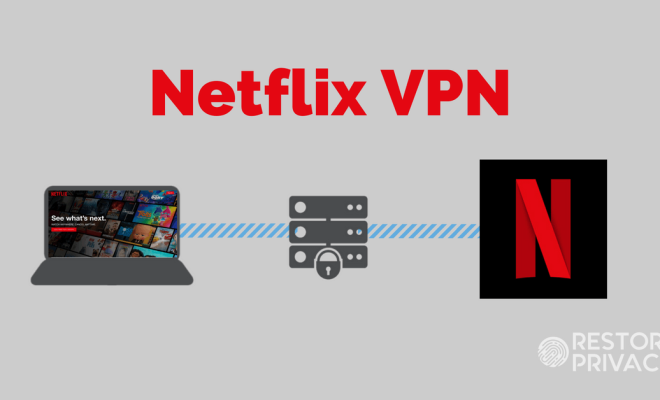What’s the Difference Between DivX and Xvid?

DivX and Xvid are two video codecs that are commonly used for compressing video files without sacrificing quality. While they both serve the same purpose, they differ in some key aspects. In this article, we will explore the difference between DivX and Xvid.
DivX is a video codec that was developed by DivX, Inc. It uses MPEG-4 compression technology and has become a popular format for digital video. DivX uses what is known as a variable bitrate encoding method, which allows for a more efficient use of storage space while maintaining the integrity of the video’s quality. This is because DivX adjusts the bitrate depending on the intensity of the scene, decreasing it when the scene has less motion and increasing it when the scene has more action. This way, you get a high-quality video that is not excessively large in size.
On the other hand, Xvid is an open-source video codec that is based on the MPEG-4 Part 2 standard. Xvid was developed as an alternative to DivX but has gained popularity thanks to its high compression ratio and excellent video quality. Xvid uses what is known as constant bitrate encoding, which uses the same bitrate throughout the entire video. This means that all frames are compressed at the same bitrate, resulting in a more consistent video quality. Xvid also supports advanced features such as multiple audio streams, subtitles, and chapter points.
One of the main differences between DivX and Xvid is their licensing. DivX is a proprietary codec that requires a license to be able to use it. This means that you have to purchase the codec or pay for a subscription to be able to use it legally. In contrast, Xvid is an open-source codec that is freely available to anyone who wants to use it. You can download Xvid and use it in your video editing or playback software without having to pay for it.
Another important difference between DivX and Xvid is their compatibility. DivX is a more popular format, and it is supported by a wider range of devices and software. This means that if you plan to share your videos with others or playback them on different devices, using DivX is a safer choice. Xvid, on the other hand, is not as widely supported, and you may encounter playback issues with some devices and software.
Lastly, it’s important to note that both DivX and Xvid offer excellent video quality and compression. Depending on your specific needs, you may prefer one over the other. If you want a more widely supported format and don’t mind paying for a license, DivX is a good choice. However, if you prefer open-source solutions and want to save money, Xvid is an excellent alternative.






